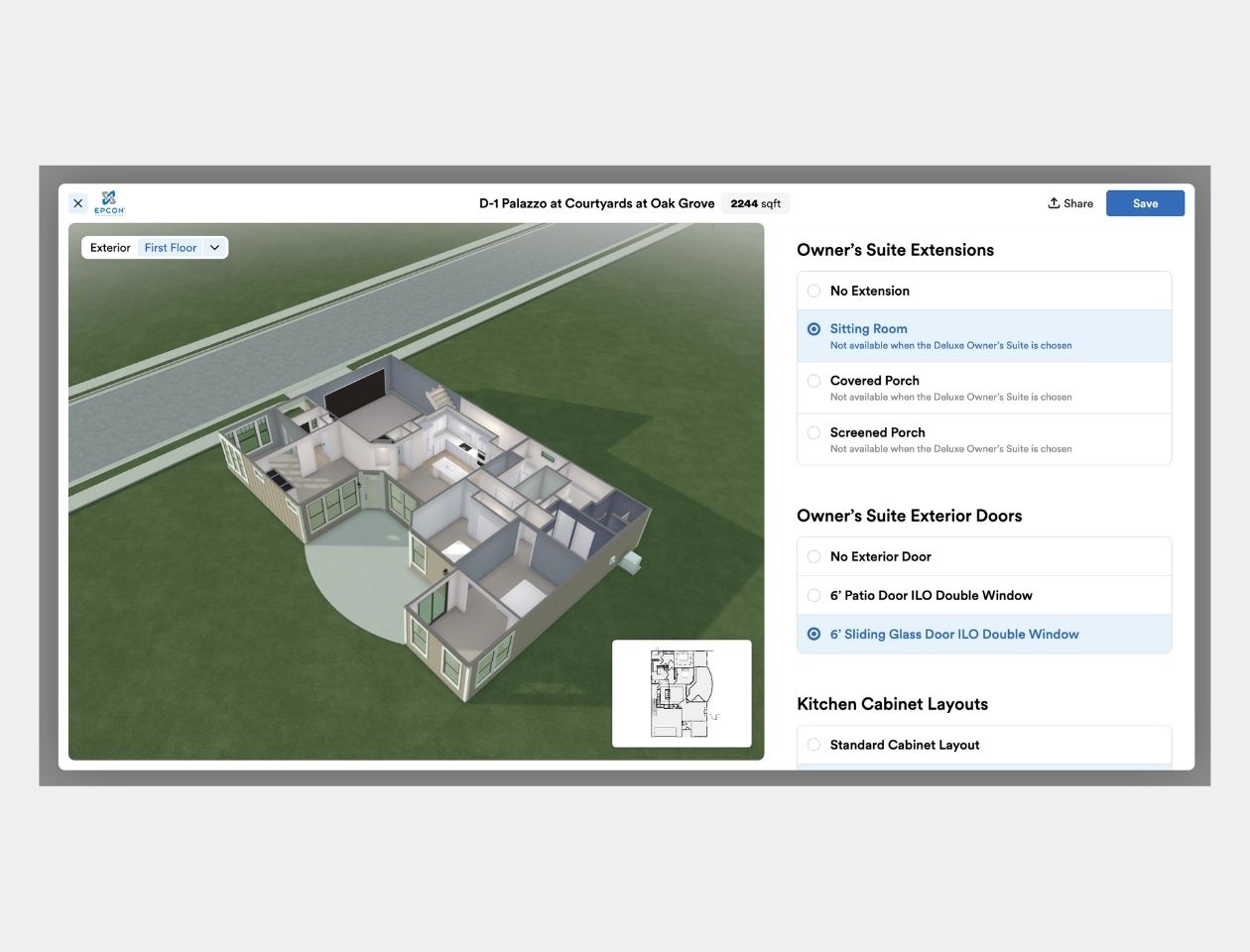Land acquisition and development have evolved significantly over the past decades, presenting both challenges and opportunities for builders and developers. The process has become more intricate due to regulatory changes, market dynamics, and the rising market share of national builders.
In our recent webinar, we chatted with Al Trellis, President of The Builders Network, and Matt Moritz, President of Eddy Homes, about the state of land acquisition and development today.
The Evolution of Land Development
“Historically, the rule of thumb in land development was straightforward: one-third of the cost for land, one-third for development, and one-third for the developer. However, this simplistic model no longer holds true. The approval process has become lengthier and more expensive, creating higher barriers to entry. Additionally, the dominance of national builders has intensified competition for available land.”
-Al Trellis
Strategies for Smaller Builders
Competing against national builders is no small feat — they have greater access to capital and resources.
But, there are still strategies that can help level the playing field and give small homebuilders a leg up:
- Use an Integrated Approach: Combining land planning with building can create efficiencies and better outcomes. Understanding the purpose of each project and constantly re-evaluating its alignment with business goals is crucial.
- Consider Joint Ventures (JVs): Offering land sellers a share in the development profits can make deals more attractive. This approach can lower equity requirements and increase returns on capital.
- Spec Houses Fill the Gaps: Building spec houses with external capital can keep operations running smoothly and absorb land costs effectively.
- Embrace Regulatory Navigation: Smaller builders often perform better in complex regulatory environments. Dedicating time to optimize projects and understanding cash implications can yield better results.
Start With Why
“We continuously evaluate and reevaluate potential deals. The approval time is a long cycle, so we constantly verify that the project is still serving its original purpose and, if not, what purpose it serves presently."
-Matt Moritz
The Importance of Relationships
Relationships are at the heart of homebuilding —especially when it comes to finding and acquiring land. Building strong relationships with land sellers, regulatory bodies, and local stakeholders is essential. Treating land sellers as partners and maintaining open communication can facilitate smoother transactions. Understanding the needs and dynamics of each party involved can lead to more successful outcomes.
Technological Advancements
While technology in land development is still evolving, some advancements are making a significant impact:
- Data Integration: Using ERPs to integrate various data points can enhance decision-making.
- Modeling and Automation: Developing models to represent business deals and automating calculations can improve efficiency and accuracy. This can be accomplished in Excel for starters or by creating more bespoke systems internally.
- Artificial Intelligence (AI): AI bots and programs can assist in land planning and optimization, although their adoption is still in the early stages.
Overcoming Regulatory Challenges
One of the biggest hurdles in land development is navigating the regulatory landscape. This involves understanding zoning laws, environmental regulations, and other local requirements. Building a bench of specialized experts, such as environmental consultants and traffic engineers, is critical to managing these complexities.
Finding and Evaluating Land
Identifying suitable land for development involves a combination of methods:
- Proactive Search: Actively looking for land in desired areas using tools like Google Maps and parcel maps.
- Relationship Building: Leveraging relationships with brokers, landowners, and other contacts to find potential deals.
- Due Diligence: Conducting thorough due diligence to understand the feasibility and risks associated with each piece of land.
Land acquisition and development require a strategic approach that combines regulatory navigation, relationship management, and technological integration. Smaller builders can compete effectively by adopting innovative strategies and leveraging their local knowledge and willingness to embrace projects that are considered too complex by national standards.
“Knowledge is power, but only in the hands of those who know how to and are willing to use it. By understanding the intricacies of land development and applying best practices, builders and developers can navigate this complex landscape and achieve their business goals.”
-Al Trellis
Interested in learning more? Check out the full recording of the webinar!
See higharc in action
Discover how Higharc can empower your team to conquer change, modernize your buyer experience, and decrease cycle times.
Book a demo

%20(1260%20x%20960%20px).jpg)
.png)




.png)



.jpg)








%20(1260%20x%20960%20px).jpg)

.jpg)

.jpg)



















